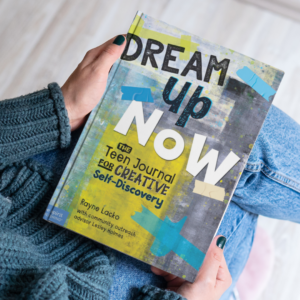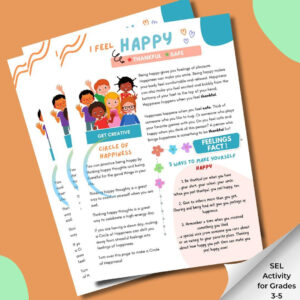How Art Helps Teenagers Heal
When it comes to expressing negative emotions, children and teens may feel tempted to rely on raising their voices, a physical outburst, or saying something they might later regret.
Among the many tools for teaching the healthy expression of difficult feelings, the arts offer much fun, engaging, stress-relieving benefits that also improve academic performance.
Here are some art activities that can help teenagers heal from dark emotions:
Writing: This is a particularly effective way to process and express negative emotions. Journaling, for example, can be a way to work through emotions like anger, sadness, and anxiety. In addition, writing poetry or fiction can be a way to create a safe space to explore difficult emotions and experiences.
Visual art: Painting, drawing, and other visual arts can be a way to represent emotions and experiences visually. Art therapy, for example, has been used to help individuals process trauma and express difficult emotions in a non-verbal way.
A fun and creative SEL activity!
No prep, and sure to shift the mood of a student or your entire classroom for a happier, more positive outlook!
Music: It can be an incredibly powerful tool for expressing emotions. Whether it’s playing an instrument, singing, or listening to music, it can help individuals to release pent-up emotions and feel a sense of release.
Theater: Acting can be a way to explore different emotions and experiences through role-playing. It can be a way to safely explore different perspectives and experiences.
As you can see, social-emotional learning is crucial for both adults and children. It helps individuals develop critical life skills that are essential for personal and professional success, as well as contributing positively to society. It’s beneficial in the here and now, and over the long term.
 Check Out Our Best Seller!
Check Out Our Best Seller!
Our best-selling “Dream Up Now: Teen Journal for Creative Self-Discovery” includes activities such as writing, drawing, reflection, planning, and more to help you and/or your children deal with challenging feelings.
Learn More
Thank you for reading!
I’d love to hear your thoughts about SEL! Please reach out with your stories, advice, and ideas.
We’re partners in SEL education.
Serving the well-being of educators and kids,
Rayne


